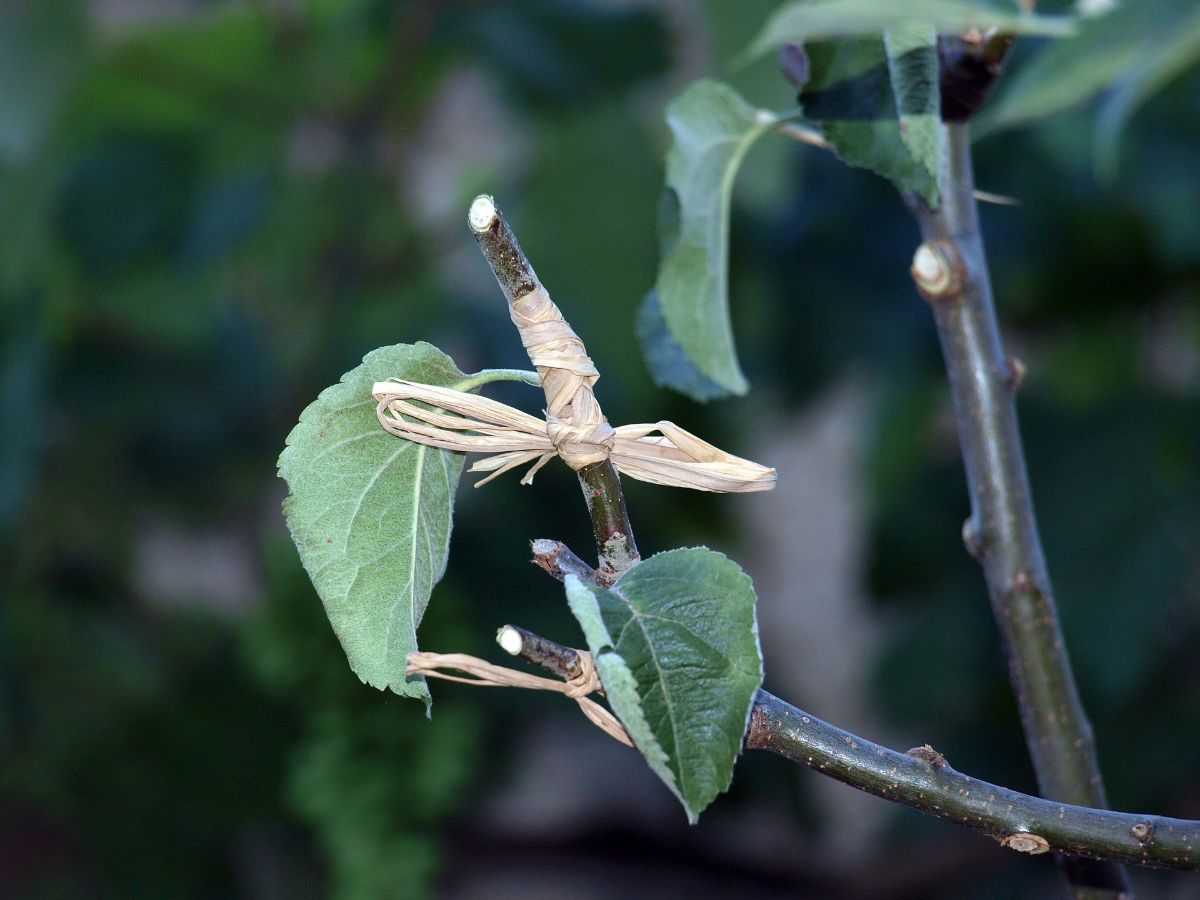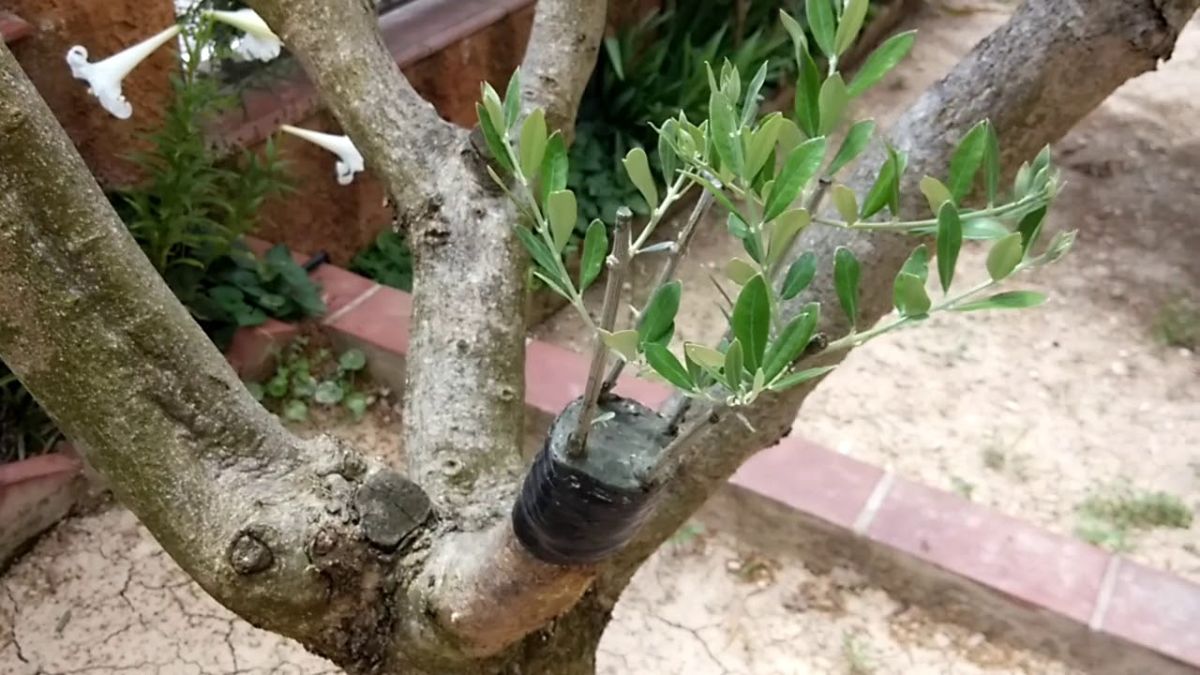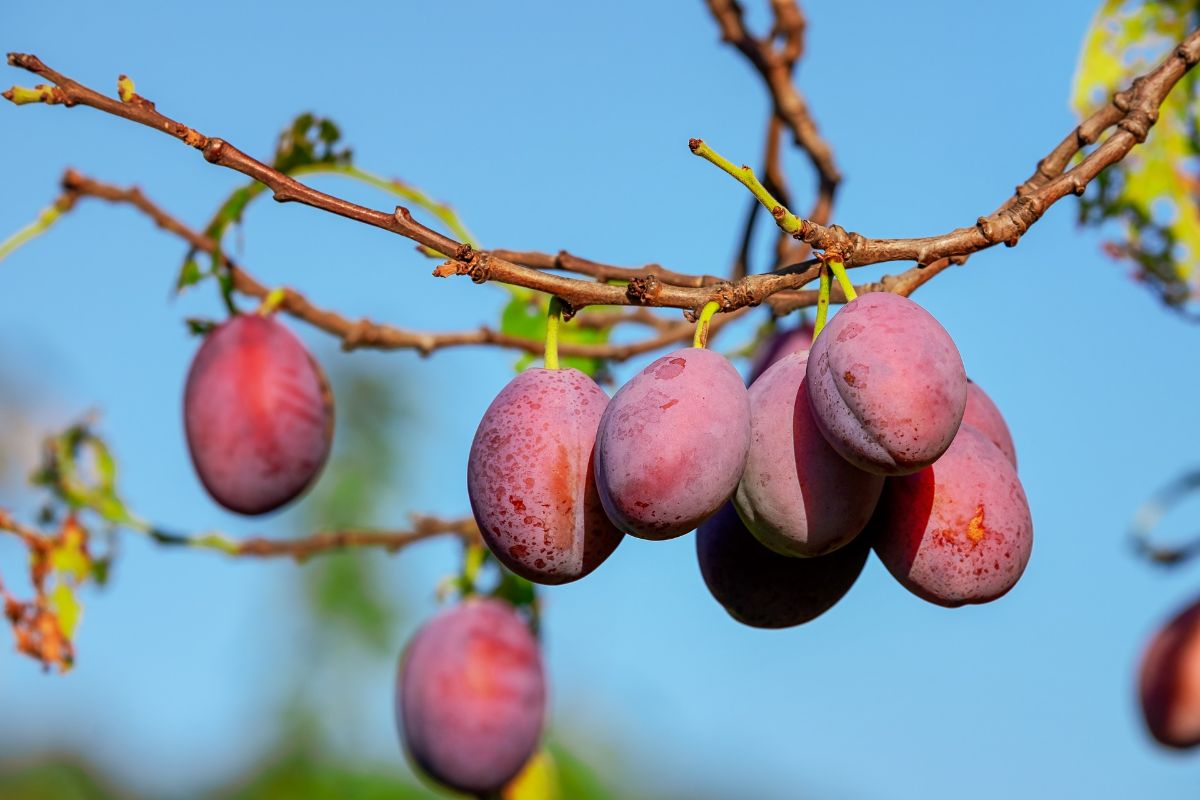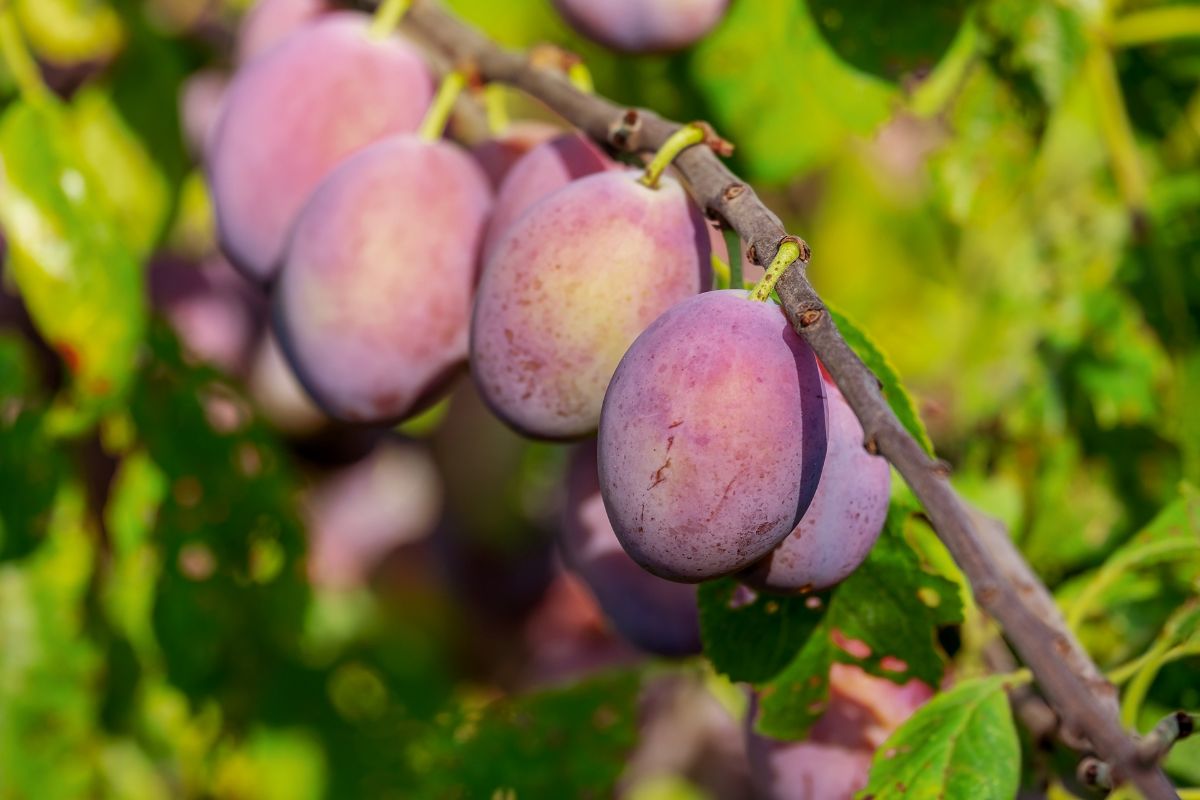
One of the techniques that many experts use in fruit trees is grafting. This allows a tree that was of a certain species to change, or to fully develop to get large fruits with a good production. Therefore, today we want to focus on you learning how graft a plum tree.
Whether you have one at home, or you have another type of compatible fruit or tree, you will have here a guide so that you can do it at home with the maximum benefits for you. Shall we get down to work?
When to graft a plum tree
Whether it is grafting a plum or another type of fruit tree, you must bear in mind that this technique does not really have a specific date. It can be grafted at different times of the year. This is due to There are many types of grafts And the plum tree is one of the trees that tolerates all of them very well, so depending on which one you choose, it is usually located at a certain time.
For example, if you choose the barb graft, then it takes place in late winter or early spring. This type of grafting consists of taking a part of a branch of a plant and inserting it into another plant. It is the best known, joining one branch with another and sticking them with tape or similar so that they do not come off in such a way that the branch you cut develops through that other plant.
On the other hand, if the graft that you do is yolk, is carried out from the end of spring to the end of summer (always on days that are cloudy or that there is not a great temperature) and consists of extracting a portion of the bark of the plant that has a bud, and this place it on the other plant for him to grab.
Where to graft a plum tree
Given the above, you already know the date when you should graft a plum. This is important because it can help the tree to have a better chance of surviving and getting ahead.
However, a detail that only experts know is that, when grafting a plum, the type of tree that is going to be used is very important. Not all fruit or trees are successful in grafting.
Although you can graft a plum on another plum, the truth is that there are other fruit trees that you can also use. For example, if you want to graft a plum bud or branch (or prick) onto another tree, you have to choose between: plums, peaches, Paraguayans, apricots, almonds, nectarines ...
But what if you want to graft another tree onto a plum tree? So, the best options you have are: almond, peach, plum, apricot, Paraguayan.
What grafting techniques are used in plum

Source: Youtube elñapas
In the case of the plum graft, there are three techniques that you could use that are very effective. There is no predilection to use one or the other beyond the time in which you carry it out.
Specifically, we talk about:
Cleft graft
If you've never done a graft before, this is perhaps the easiest and most effective you can do. The time in which it is carried out in plum trees is at the end of winter and early spring, always when the risk of frost or low temperatures is minimal. And also when the plum has no leaves. If it's early to plant, then consider going ahead to graft the plum.
What do you need? Then at least two prongs of the variety, either plum or another tree that you can put on it. This consists of cutting the tree, practically leaving the trunk, and then making a slit in the center of the trunk approximately (with the aim of opening it in half) to introduce the branch of the graft, which will have a transverse cut so that both are in contact.
Then just use a sealer and bandage the area to grip. If the trunk is big enough you could introduce two branches instead of one.
Crown graft
Crown grafting is a type of spike graft, so it should be done in late winter or early spring. It is used especially when the branches are quite thick and prevent making a cleft (because the weight is not supported or the specific area is not reached to connect both trees).
In this case, the technique consists of make holes in the bark of the tree, one on each side, without damaging the trunk itself, to be able to insert the spikes of the new tree into them in order to fix them.
To do this, you have to cut a thick branch or directly the trunk of the tree and leave only the branches that you introduce for them to develop.
Because it involves a fairly large wound, it is not recommended to do it in trees that are weak or in those that may be affected by diseases or pests, in addition to the fact that health must be monitored at all times.
Shield budding
We do not recommend this if you are a beginner because it is one of the most difficult to carry out. Even those who are experts have a hard time succeeding.
It consists of a bud graft, so it is carried out in spring and summer. It must always be done on an adult trunk because it is the one that can give the best results. To do this, you have to remove part of the bark, always in the shape of a T. It is necessary to penetrate deeply to be able to put the bud inside with the bud and cover it with electrical tape or tape to prevent it from falling or separating from the trunk.
It is important that, with this type of plum graft, at least two are made because they may not be successful, thus increasing your chances.
Now that you know when to graft the plum and how you can do it, it is time for you to make the decision and decide to do it if you have a tree (be it a plum or another compatible tree) so that in a few months or years you will get the results of it. Have you ever grafted a plum tree? How was your experience?

